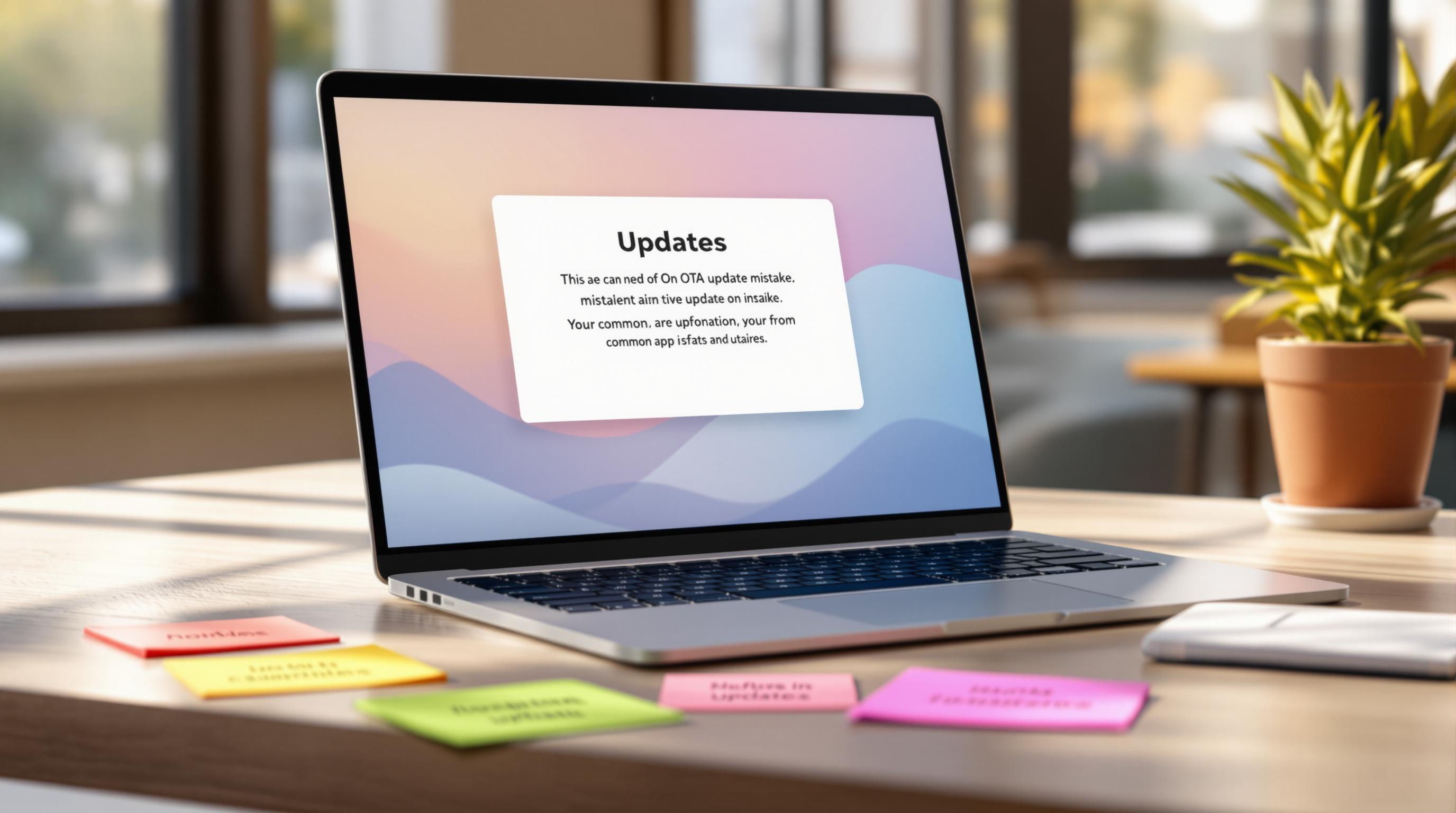Trying to implement edge-to-edge display in your Capacitor app? You don’t need any hacks, plugins, or workarounds. Capacitor has official support for edge-to-edge display through the adjustMarginsForEdgeToEdge configuration option - it’s just not widely documented.
Many developers struggle with edge-to-edge layouts in Capacitor apps, especially when targeting Android 15+. They often resort to custom plugins or CSS hacks to achieve the modern edge-to-edge look. But there’s a better, native way.
What is Edge-to-Edge Display?
Edge-to-edge display allows your app content to extend behind system bars (status bar and navigation bar), creating a more immersive, modern UI experience. Starting with Android 15, Google is pushing edge-to-edge as the standard for all apps.
The Official Solution: adjustMarginsForEdgeToEdge
Capacitor provides the adjustMarginsForEdgeToEdge configuration option specifically for this purpose. This is documented in the official Capacitor config documentation, but it’s easy to miss.
How to Configure It
Add this to your capacitor.config.ts or capacitor.config.json:
import { CapacitorConfig } from '@capacitor/cli';
const config: CapacitorConfig = { appId: 'com.example.app', appName: 'My App', webDir: 'dist', android: { adjustMarginsForEdgeToEdge: 'auto' // or 'force' or 'disable' }};
export default config;Or in JSON format:
{ "appId": "com.example.app", "appName": "My App", "webDir": "dist", "android": { "adjustMarginsForEdgeToEdge": "auto" }}Configuration Options
The adjustMarginsForEdgeToEdge option accepts three values:
1. "auto" (Recommended)
adjustMarginsForEdgeToEdge: 'auto'What it does: Automatically checks for Android 15+ and the windowOptOutEdgeToEdgeEnforcement setting. Adjusts margins intelligently based on the device and configuration.
Best for: Most production apps that want edge-to-edge on supported devices while maintaining compatibility with older Android versions.
2. "force"
adjustMarginsForEdgeToEdge: 'force'What it does: Forces margin adjustments for edge-to-edge regardless of Android version or other settings.
Best for: Apps that want edge-to-edge behavior across all supported Android versions.
3. "disable"
adjustMarginsForEdgeToEdge: 'disable'What it does: Disables automatic margin adjustments completely.
Best for: Apps that handle edge-to-edge layout manually or don’t want edge-to-edge behavior.
Note: Currently "disable" is the default, but this will change to "auto" in Capacitor 8.
Why This Matters for Android 15+
Starting with Android 15, Google is enforcing edge-to-edge display as the default behavior. Apps that don’t properly handle edge-to-edge layouts may experience UI issues like:
- Content hidden behind system bars
- Awkward spacing and padding
- Inconsistent appearance across devices
- Poor user experience
By using the official adjustMarginsForEdgeToEdge config, you ensure your app handles these changes properly without custom code.
Complete Example
Here’s a complete example configuration for a modern Capacitor app:
import { CapacitorConfig } from '@capacitor/cli';
const config: CapacitorConfig = { appId: 'com.example.myapp', appName: 'My Awesome App', webDir: 'www', server: { androidScheme: 'https' }, android: { // Enable edge-to-edge automatically on supported devices adjustMarginsForEdgeToEdge: 'auto',
// Other Android config options... backgroundColor: '#ffffff' }};
export default config;CSS Considerations
When using edge-to-edge display, you may need to add some CSS to handle safe areas:
/* Add padding for system bars */body { padding-top: env(safe-area-inset-top); padding-bottom: env(safe-area-inset-bottom); padding-left: env(safe-area-inset-left); padding-right: env(safe-area-inset-right);}
/* Or use viewport-fit */meta[name="viewport"] { content: "width=device-width, initial-scale=1, viewport-fit=cover";}Testing Your Configuration
After configuring adjustMarginsForEdgeToEdge, test your app on:
- Android 15+ devices - Check that content properly respects system bars
- Older Android versions - Ensure backward compatibility
- Different screen sizes - Verify layouts work across devices
- Light and dark themes - Test both theme modes
Common Mistakes to Avoid
Don’t Use Plugins for This
You don’t need third-party plugins like capacitor-edge-to-edge or similar. The native config handles this cleanly.
Don’t Mix with Manual Implementations
If you’re using adjustMarginsForEdgeToEdge, remove any manual window insets handling or CSS hacks you may have added.
Don’t Forget Safe Area CSS
The config handles margin adjustments, but you still need to use CSS safe area insets for proper content padding.
Migration Guide
If you’re currently using plugins or hacks for edge-to-edge:
- Remove any edge-to-edge plugins from your dependencies
- Add the config option to your
capacitor.config.ts - Clean and rebuild your Android project
- Test thoroughly on target devices
# Clean the Android projectnpx cap sync androidcd android./gradlew cleancd ..
# Rebuildnpx cap copy androidnpx cap open androidFuture-Proofing
Remember that Capacitor 8 will make "auto" the default value. To prepare:
- Test with
"auto"now to catch any issues early - Update your CSS to handle safe areas properly
- Review your layouts on edge-to-edge enabled devices
Additional Resources
Conclusion
Edge-to-edge display in Capacitor doesn’t require plugins, hacks, or complicated workarounds. The adjustMarginsForEdgeToEdge configuration option provides a clean, native solution that’s officially supported and future-proof.
Start with "auto" for most apps, test thoroughly across devices, and add appropriate safe area CSS. Your app will be ready for Android 15 and beyond with minimal effort.
Questions or running into issues? The Capacitor community and official documentation are great resources for additional help.




